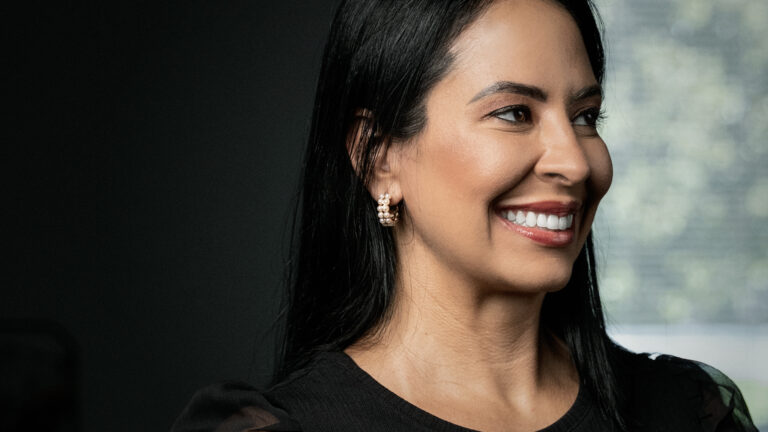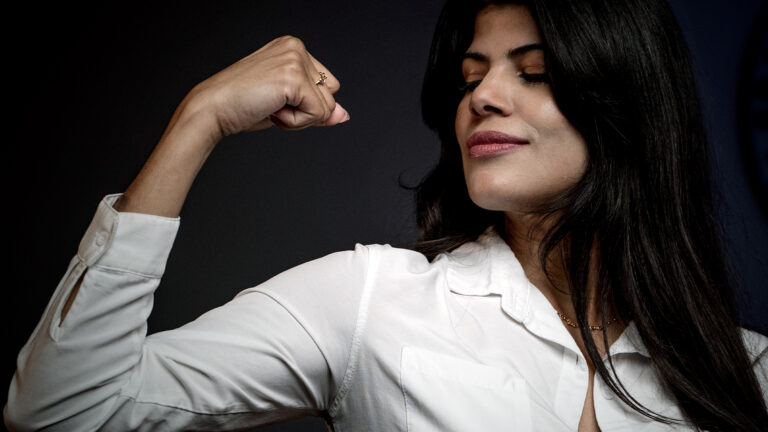How Did You Do? See how well you did by taking the following conference self-evaluation survey:
Oops! We could not locate your form.
Now Make The Most of Your Conference Experience – Here are some tips for you to follow up with:
1) Create a personal campaign to reach out to all of your conference connections. Add any new connections to your CRM and label them accordingly with detailed notes and tags. Organize all business cards and contacts you collected into two piles: Now and Later. In the Now pile, you should organize cards of people to whom you will reach out within a few days after the conference, those who you feel are the most important contacts you’ve made. All other cards go in the Later pile. This should help to keep you from becoming completely overwhelmed with all the follow-ups you have to do. Whether through thank you cards or a personal email, make sure you remind them how you met and follow up with any takeaways that you promised to deliver. Creating personal thank you cards, with your photo, goes a long way and will help attach a face to a name. If you’re sending an email, adding your profile photo to your signature will also help create a more personal interaction for you. People like to feel that you remembered them so include one sentence in your email that draws upon a conversation you had at the conference or is in some way specific to them.
2) Make sure you made notes on the back of business cards you collected to help you with your follow-up. If you have an idea about how you might work with someone you met, write it down. If you talked about something you want to remember, write it down. If you have an idea for how this person might be useful to you, write it down. Memory fades faster than you think, especially if you are meeting lots of different people. Transfer these notes into your CRM.
3) Don’t attempt to send out any follow-up emails the day after the conference is over. Everyone who attended is overwhelmed with a long list of unanswered emails – there is a greater chance that your email will get lost or ignored. Send follow-up emails gradually so you don’t overwhelm them or yourself with too much all at once.
4) Offer something in your email that is useful for your contact. Example: “I really enjoyed talking to you about (insert topic here) and I thought you would find this resource (insert name of book, website, blogger, etc) useful or relevant.”
5) Keep your follow up emails short and include an action step or a question that leads to continued communication. Keep the conversation going to develop a relationship with a contact that you made.
6) If you have a blog, write a post about the conference the day of or the day after. The best blog posts are current and the sooner you get your post up the fresher it is for the people who attended the event. If you do not have a blog, CREATE ONE!
If you choose to blog about the conference, make it useful, interesting, and easy to read. Don’t just re-cap what went on – offer your personal opinion on it, connect it to something or someone else (another event, another new contacts website or an article), draw some conclusions from it. Your new connections will appreciate being mentioned, as long as you do it in a genuine and meaningful way. Just listing the names of people you met and linking to their blogs isn’t as powerful as saying that so and so had a great suggestion for a book that you’re now checking out and so and so made a great comment or said interesting things on a panel, round tables, CFB courses, etc.
7) Update your social media accounts. Post a status about your experience at the conference and how great it was to connect with everyone. #FBA2015 – This way, when you send out your follow up emails, there is a good chance that your contact will do some research on you. Having your social media accounts updated and current will give them a good impression about your organization and business style. If you wrote a blog about the conference, make sure you post it on all of your social media accounts.
Click here to discover available franchises and connect with us today!



